A range of methods aim to reduce atmospheric CO2 levels by either seeking to engineer the removal and subsequent storage of CO2 or by deliberately enhancing land and ocean carbon sinks to increase the removal of CO2 from the atmosphere
* Note that ocean-based NETs are immature, many are only concepts, only for a few there is evidence that they work at local or laboratory scales (or in models), and comprehensive assessments of potential and feasibility are limited or non-existent. Commercially available technologies do not yet exist.
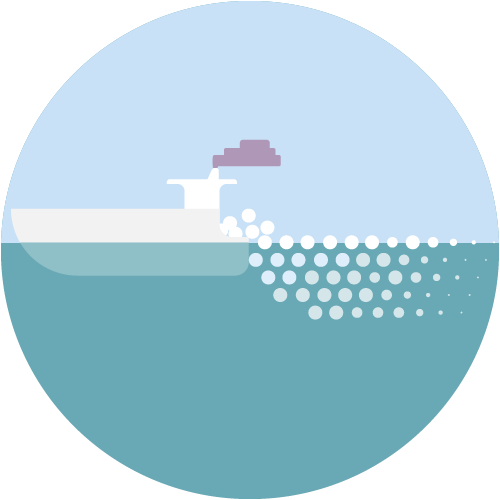
Ocean alkalinization
Increase the alkalinity of the upper ocean to chemically increase the carbon storage capacity of seawater and thus, also increase CO2 uptake. Alkaline minerals can be mined and crushed (e.g., olivine) or created (e.g., lime) and added directly to the ocean or alkaline solutions can be added after ex situ reactions (e.g., electrochemical weathering). Find out more about ocean alkalinization here …
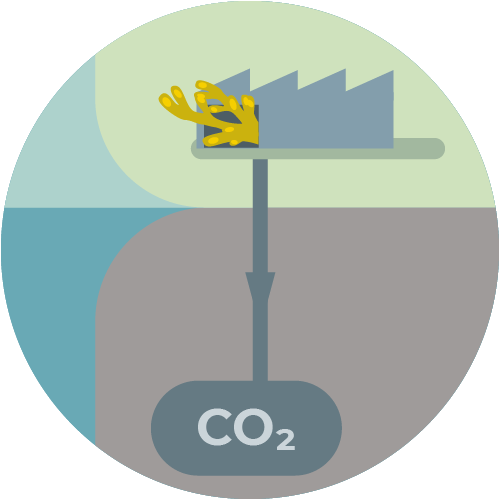
Marine biomass for biochar or bioenergy with carbon capture and storage
Grow algae or macroalgae and
(a) pyrolyze the biomass to form biochar to spread on land or
(b) create biofuels from the biomass that can be burned in conjunction with carbon capture and storage technology.
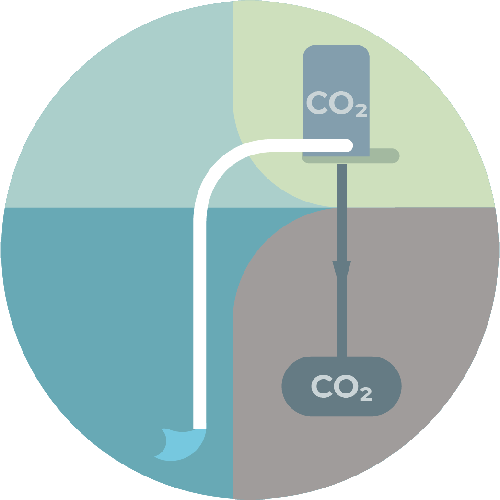
Direct CO2 removal from seawater with carbon capture and storage
Technology that chemically or electro-chemically remove CO2 from seawater and concentrate it for storage; in surface waters this will increase the oceanic uptake of CO2 as seawater chemistry/physics compensates for its removal.

Artificial upwelling
Use pipes or other methods to pump nutrient-rich deep ocean water to the surface where it has a fertilizing effect; see ocean fertilization below. Find out more about artificial upwelling here …
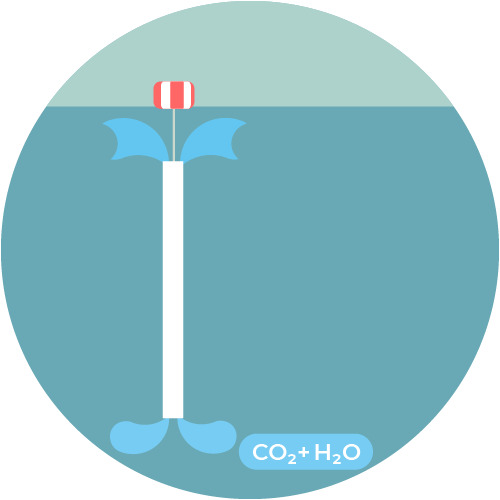
Artificial downwelling
Artificially enhance the transport of carbon that has been taken up at the surface ocean into the deep ocean where it will be stored for hundreds to thousands of years.
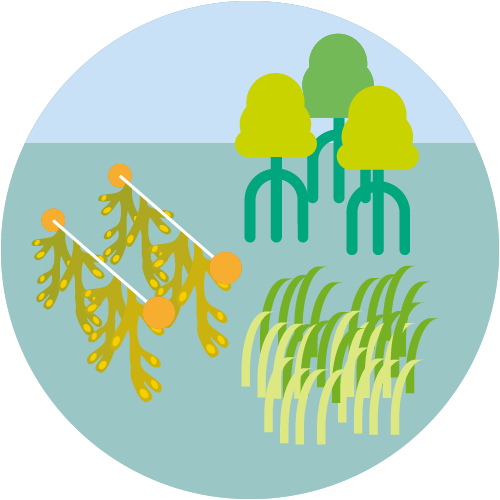
Blue carbon sink enhancement
Plant and manage mangroves, wetlands, seagrass beds, or macroalgae to increase CO2 uptake (via primary production), storage in biomass, and burial in sediments. Find out more about blue carbon management here …
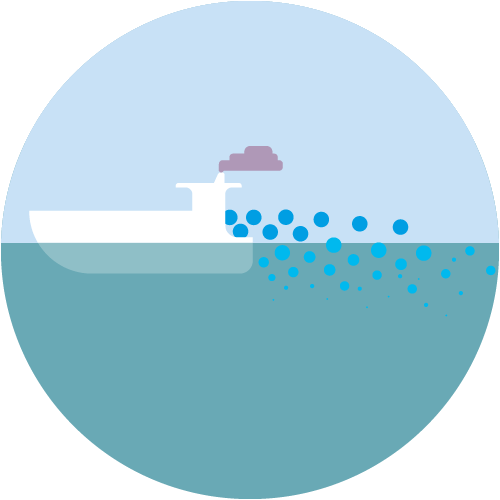
Ocean fertilization
Add micronutrients like iron or macronutrients like nitrogen and phosphorus to increase phytoplankton growth (CO2 fixation) and ocean carbon storage via the biological pump (the transport of this fixed carbon into the deep ocean). Find out more about ocean fertilization here …
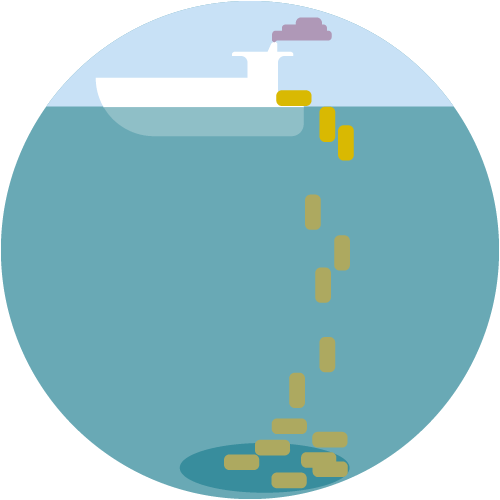
Terrestrial biomass dumping
Harvest and dump terrestrial biomass, which contains the carbon that vegetation has removed from the atmosphere during growth, in the deep ocean or bury it in coastal sediments.
